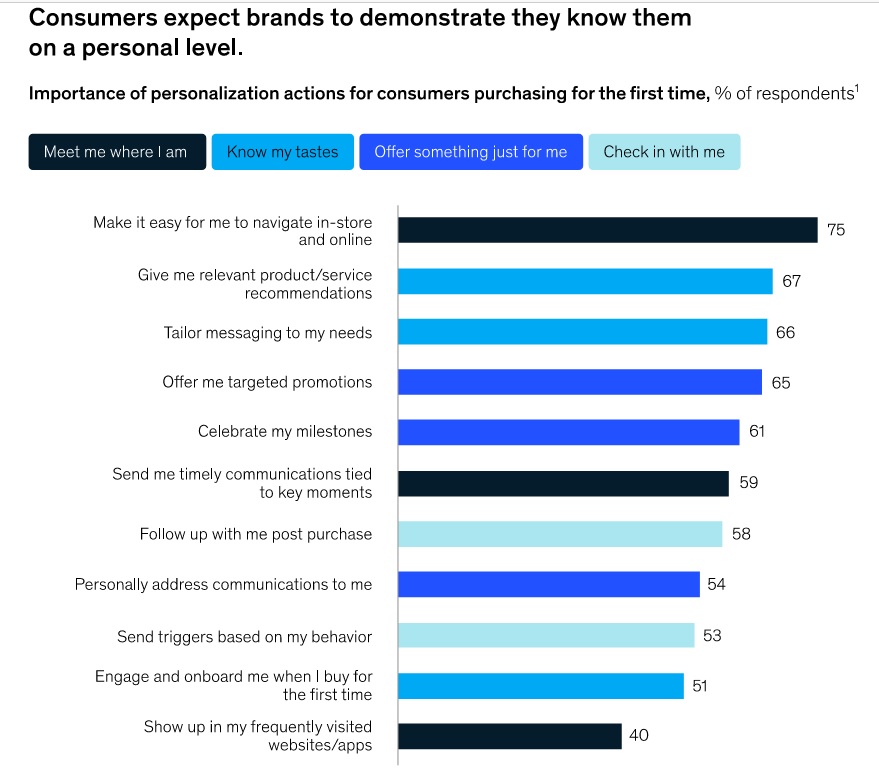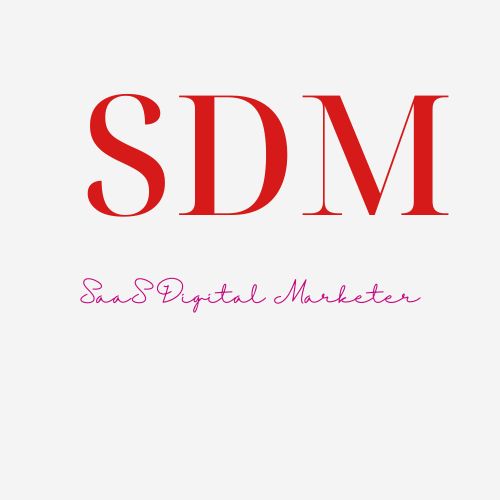Creating a successful SaaS email marketing strategy requires a strategic approach focused on providing value, engaging subscribers, and increasing conversions. It involves:
- Categorizing contacts based on traits and behavior for personalized campaigns.
- Diversifying content to prevent subscriber fatigue and nurture leads effectively.
- Experimenting with different elements to identify what drives engagement.
- Using email engagement and feedback data to improve campaigns.
- Focusing on small steps that lead to primary conversions.
SaaS Email Marketing Strategy: 5 Tips for Effective Campaigns
As a SaaS business owner, you likely create email campaigns with specific goals in mind.
These goals might include building relationships with subscribers, nurturing leads, or driving actions like purchases or service signups.
However, achieving these goals isn’t always easy. Many factors, such as content quality and the effectiveness of calls to action, can impact your campaign’s success.
In this guide, we’ll explore five key email marketing strategies and best practices that’ll help you create and execute email campaigns that drive results.
Let’s dive in.
1. Take Segmentation Seriously
If you’re going to snag only one nugget from this list, make sure it’s this one: list segmentation.
Have you ever received an email from a business you’re loyal to that made you question if they know you at all? Like receiving an Independence Day message when it’s not Independence Day in your country.
This happens when a business sends messages in mass, instead of using list segmentation.
List segmentation is the process of categorizing your email contacts based on shared traits such as their lifecycle stage, average customer lifetime value, characteristics like gender and income, as well as their behavior, such as usage frequency.
It allows you to send super-personalized and relevant email campaigns to your subscribers which builds stronger relationships.
Here’s an illustration of a personalized email. It’s personalized based on the recipient’s gender. The company has also used the recipient’s past purchases to recommend suitable products.

Image via Really Good Emails
Still not convinced of the need for personalized email marketing? This research from McKinsey & Company will change your mind.
It shows that right from the first purchase, customers expect personalized interactions:
- 67% expect relevant product recommendations.
- 66% expect personalized messaging.
- 61% anticipate milestone celebrations.
- 59% want you to send timely communications tied to key moments in their lives.

Image via McKinsey & Company
Pro tip: Focus your personalized messaging on helping customers. Companies that adopt this approach experience a 16% higher impact on their commercial outcomes than those that don’t.
2. Mix Up the Types of Emails You Send
A common pitfall in email marketing is sticking to one type of email. This approach can make your messages feel repetitive, leading to subscriber fatigue and disengagement.
Besides, relying on a single type of email doesn’t effectively nurture your subscribers.
For instance, while sending promotional emails with generous offers is tempting, they’re more impactful when preceded by educational content highlighting the value of your offerings or supported by case studies to build trust.
To keep your audience engaged, diversify your emails. Incorporate various types of email marketing messages that provide value and maintain interest.
Don’t restrict yourself to strictly business-related content. Add entertaining content to the mix. And occasionally, show the human side of your brand through storytelling.
3. Conduct A/B Tests on Your Emails
Creating an effective SaaS email marketing strategy isn’t a trial-and-error game. Use A/B tests to experiment with different elements in your campaigns. This will help you determine what is driving engagement and what is not performing well.
A/B tests involve sending one version of your email campaign to one group of customers and another variation to another group.
The goal is to identify which version is generating the desired results and use it in your campaigns.
Steps for conducting an Email A/B test
- Identify the metrics that are important for your SaaS business and track them in your tests.
- Test one element at a time to easily identify the element that has the most impact on performance. You can conduct A/B tests on:
- Subject lines
- Email length
- Visuals
- Copy
- CTA copy and button
- Select a ‘control’ and a ‘challenger.’ The control is the email campaign as you would normally send it, while the challenger is the email version that you’ll test against the control.
- Split your audience into equal subsets.
- Assign one subset to the control campaign and the other subset to the challenger campaign, and run the campaigns concurrently.
- Use email marketing software that has A/B testing capabilities, such as ActiveCampaign and Mailchimp.
- Allow the campaigns enough time to provide significant results. Run them for at least 2 weeks to consider how recipients’ behavior varies based on the day of the week.
4. Optimize with Data-Driven Insights
Implement data-driven email marketing.
Data, in this context, refers to the email engagement and performance metrics available from your email marketing software.
It also includes feedback data from your subscribers collected through surveys, email reply options, and customer feedback forms.
Utilize your email marketing data to understand how your audience interacts with your emails.
Gather insights into their preferences, behaviors, and engagement levels.
Use these insights to improve your email marketing processes. This includes improving aspects such as email content, timing, design, and targeting.
5. Optimize for Micro-Conversions
Micro-conversions are the small steps that users may take that eventually lead to the primary conversion. This could include actions like clicking a link, replying with a question, or downloading an ebook.
While the recipient may not be currently ready to take a big step like upgrading their subscription, micro-conversions help warm them up to it.
Micro-conversions contribute to the overall conversion process and indicate the effectiveness of your email campaigns. They help build relationships with leads and customers.
Here are some ways to create a SaaS email marketing strategy that drives micro-conversions:
- Use engaging and personalized subject lines: Without getting recipients to open your email, you’re unlikely to achieve any micro-conversion. Use psychological tactics like urgency and exclusivity to get more email opens.
- Use action-oriented CTAs: Speak directly to the reader with phrases like “Get Your Discount Now”
- Use directional cues to drive click-through rates: This is as simple as utilizing white space and positioning CTAs where they naturally fit in the flow of your email content.
- Leverage progressive disclosure: Gradually disclose more information to create curiosity and encourage engagement with the email.
- Create valuable content consistently: Each email should excite subscribers, addressing their challenges or interests while educating and entertaining. This cultivates a loyal subscriber base that engages with your content through clicks, shares, and other micro-actions.
Ready to Create a Killer SaaS Email Marketing Strategy?
Effective email marketing in SaaS businesses requires a strategic approach that focuses on providing value, engaging subscribers, and increasing conversions.
A quick recap…
- Put more effort into your segmentation. Send super-personalized emails that go beyond subscribers’ names.
- Get creative with your email content. Experiment with entertaining messages, educational content, industry news updates, etc., as long as it aligns with your audience’s interests.
- Test subject lines, email design, CTAs, and other elements to find what works best for your audience.
- Use email engagement and feedback data to optimize your email campaigns for better results.
- Do not neglect the power of driving micro-conversions in increasing sales.
Best of luck in your next campaign!

Leave a Reply